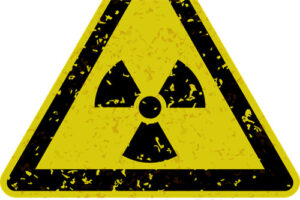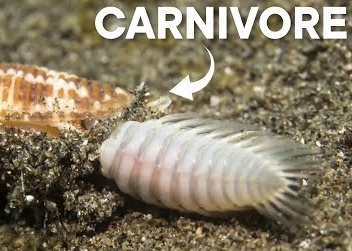Beware! 10 Foods That Can Be Dangerous in Large Amounts
You’ve probably heard the saying, “everything in moderation.” It might’ve been about something like drinking or betting on robot fights (yes, that’s a thing), but honestly, it applies to almost everything in life. Take food, for example. We all know that going overboard with certain foods can lead to some… let’s say, unpleasant consequences. Like, if you decide to down five gas station burritos in one sitting, you might as well cancel your plans for the rest of the day—your bathroom will become your new best friend.
But here’s the thing: not all foods scream “danger” in an obvious way. Some seem harmless, even healthy, but under the right (or wrong) circumstances, they can turn into little landmines. It’s not that these foods are inherently bad—it’s more about how much you consume and when. Overindulgence, even with things that seem innocent, can sneak up on you in ways you wouldn’t expect.
10.Too Many Brazil Nuts Can Give You Selenium Poisoning
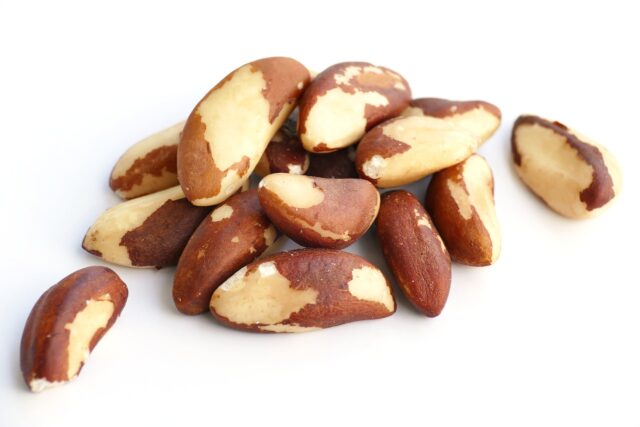
Do you love digging into a bowl of mixed nuts? Around the holidays, you’ll often find those festive tins packed with walnuts, hazelnuts, and the occasional Brazil nut. Now, Brazil nuts aren’t exactly a staple in North America—they’re kind of like the mysterious guest at the party. They’re bigger than most nuts, and sometimes you’ll bite into one that tastes… off. But here’s the kicker: these nuts aren’t just quirky—they’re also a bit risky if you go overboard.
First off, let’s address the elephant in the room: Brazil nuts are slightly radioactive. Yep, you read that right. Their roots absorb radium from the soil, which gives them a tiny radioactive edge. Don’t worry, though—it’s not enough to turn you into a superhero (or a villain). Still, it’s a good reminder that moderation is key. But radioactivity isn’t even the main reason to watch your intake. The real issue? Selenium.
Here’s the deal: just one ounce of Brazil nuts—about 6 to 8 nuts—contains a whopping 777% of your daily recommended selenium. That’s right, 777%. To put it simply, eating more than one or two a day is like overloading your system with something it doesn’t need in such high doses. And trust me, your body won’t thank you for it.
Overdoing it on selenium can lead to something called selenosis. Sounds fancy, but the symptoms are anything but: think nausea, rashes, bad breath, and, yes, diarrhea. And if you really go overboard? We’re talking serious stuff like kidney failure, heart problems, and even death. Not exactly the kind of holiday surprise anyone’s hoping for.
9.Eating Too Much Shellfish Infected With Domoic Acid Can Cause Brain Damage
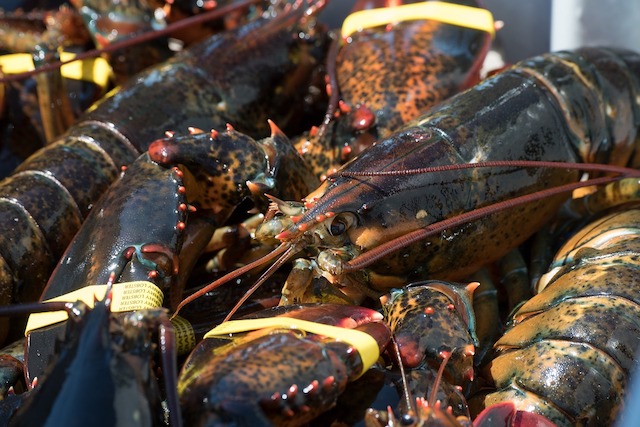
If you’ve ever been to a buffet with crab legs, you’ve probably witnessed the chaos. People go wild for shellfish—like, fist-fights-over-the-last-crab-leg wild. It’s both impressive and a little terrifying. Crab and lobster are often seen as the crown jewels of seafood, and for good reason. They’re delicious, luxurious, and for many, worth every penny. But here’s the thing: shellfish come with a side of risk that might make you think twice before piling your plate too high.
The issue with shellfish, like most seafood, is that their underwater home isn’t always the cleanest. Sure, regular fish can carry mercury or microplastics, but shellfish have their own unique danger: something called Amnesic Shellfish Poisoning. Sounds like a bad sci-fi movie, right? Unfortunately, it’s very real.
Here’s how it works: certain types of algae produce a toxin called domoic acid. When shellfish like clams and crabs munch on this algae, they store the toxin in their bodies. If you eat those infected shellfish, the domoic acid can wreak havoc on your system. And yes, the name “Amnesic Shellfish Poisoning” isn’t exaggerating—it can mess with your short-term memory. Symptoms like vomiting, diarrhea, confusion, and dizziness can show up within 24 to 48 hours. In severe cases, it can lead to permanent memory loss or even death. Not exactly the dining experience you signed up for.
Now, before you swear off shellfish forever, here’s the good news: moderate consumption of things like razor clams and oysters is generally safe. The algae that produce domoic acid are always present in the water, but they only become a serious problem during large algae blooms. When these blooms happen, shellfish can absorb dangerously high levels of the toxin. For example, in 2016, algae blooms were so severe that Maine’s shellfish industry had to shut down entirely to avoid risking public health.
8.Eating Too Much Lean Protein Can Starve You
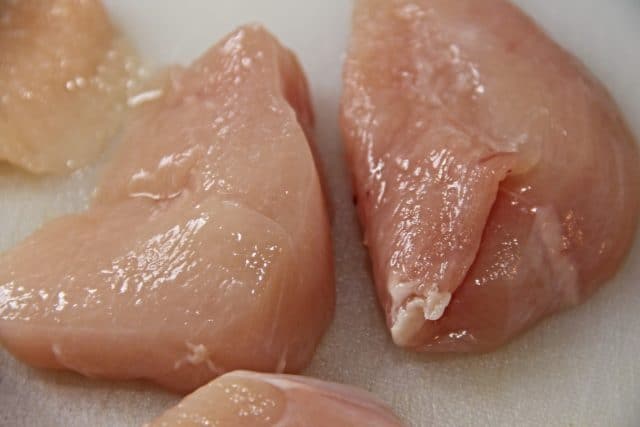
If you’re trying to eat right and lose weight, maybe gain muscle mass, you may be tempted to eat lean protein. In general, it’s never a bad idea to eat lean protein but we’re not talking about things in general, are we? We’re talking about when you go a little overboard, and you can definitely do that with lean protein.
Too much protein without fat and carbohydrates to balance it out can cause something called rabbit starvation or salmon starvation. That kind of sad name came from some of the earliest known cases of people experiencing it when they ate little but lean protein, like rabbit, and found themselves losing weight and growing sick despite having plenty to eat.
You can’t survive on just one macronutrient, at least not well, and not forever. Protein, fat, and carbs have to all exist in balance to keep you healthy. Pure protein can provide calories but lead to nausea, weakness, low blood pressure, slow heart rate, fatigue, and more.
7.Too Much Fat Will Give You Milky Blood
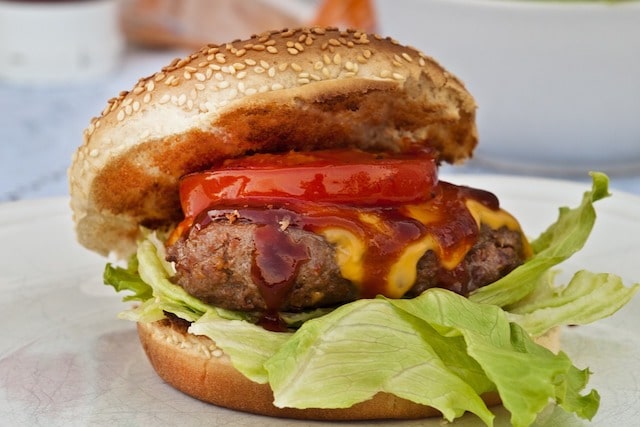
Like protein, too much fat in your diet is never a good idea. There are some obvious reasons for that and it seems pretty common sense to want to avoid a full-fat diet. But do you know what happens if you eat too much fat besides, you know, gaining weight? The effect of excessive fat on the human body is actually very off-putting. It turns your blood milky white.
A man in Germany had his blood drawn after going to the hospital in 2019 complaining of a host of health problems. They couldn’t take it by normal means, which is to say with a syringe, so they had to dust off the medieval practice of bloodletting because his blood was so thick. Pictures of it show vials that appear to have a small amount of red blood in the bottom and then about three times as much milky white fluid on top. That was all fat, like when you leave a pan of bacon fat sitting out.
It turns out the man, who had various health issues already, had an incredibly high amount of triglycerides, a type of fat, in his blood. 150 mg/dL of triglycerides is normal and 500 mg/dL is high. This man had 14,000 mg/dL. His heart was essentially pushing butter through his veins.
Even if you just have a heavily fatty meal before having blood drawn, your plasma triglyceride levels can be high for hours causing your blood to take on that milky hue.
6.Pine Nuts Can Cause A Bitter, Metallic Taste That Lasts For Weeks
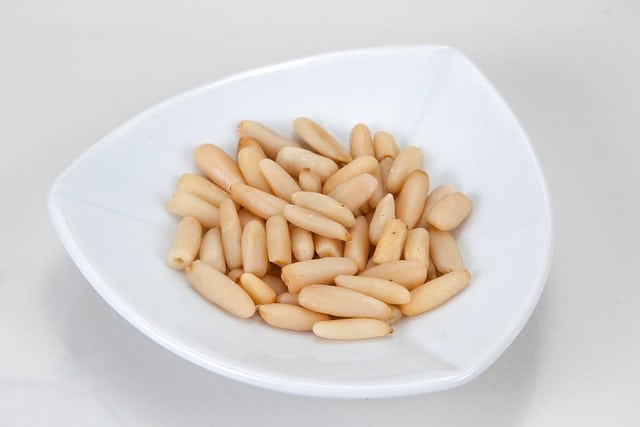
Pine nuts might not be the first thing you grab when you’re craving a snack, but they’re definitely a thing. You’ll often find them sprinkled in salads, baked into cookies, or—most famously—blended into pesto. They’re tiny, buttery, and delicious. But here’s the catch: if you eat too many, you might end up with something called pine mouth. And trust me, it’s as weird and unpleasant as it sounds.
The good news? Not all pine nuts cause pine mouth. The bad news? No one really knows which ones do or why it happens. It’s like a culinary roulette—you might be fine, or you might end up with a taste in your mouth that makes you regret every life choice that led to that moment.
So, what exactly is pine mouth? Imagine this: 12 to 48 hours after eating pine nuts, you suddenly notice a metallic taste in your mouth. Not just a hint of metal, either—it’s like you’ve been sucking on a handful of pennies. And no matter what you do—brush your teeth, drink water, eat something else—that taste sticks around. For days. Sometimes even for two weeks or more. It’s not dangerous, but it’s incredibly annoying.
The weirdest part? Scientists still don’t fully understand why this happens. Some think it’s linked to specific types of pine nuts, while others believe it might be related to how they’re processed or stored. Whatever the cause, the result is the same: a lingering, metallic aftertaste that can turn your love of pine nuts into a cautionary tale.
5.Too Many Carbs Can Cause Drunkenness With Auto Brewery Syndrome
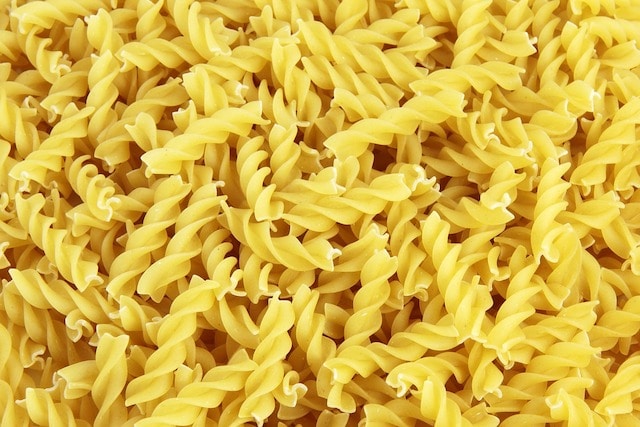
We saw what happens to some people with too much protein or too much fat so it seems only reasonable to look at carbs now. Not everyone who indulges in pasta and bread is going to have this problem but for an unlucky few auto-brewery syndrome is a real problem.
The condition is rare so there’s a very small chance you or anyone you know has it. If you do have it, your stomach essentially works as a fermentation tank so that starches and sugars, what we call carbohydrates, dropped into it are converted into alcohol right inside of you. The more you consume the worse it would get.
Some people who suffer from the condition have been arrested for drunk driving because they didn’t even know they had it, and tests later confirmed this to be the case.
4.Ramen Noodles Are Linked to Cardiometabolic Syndrome
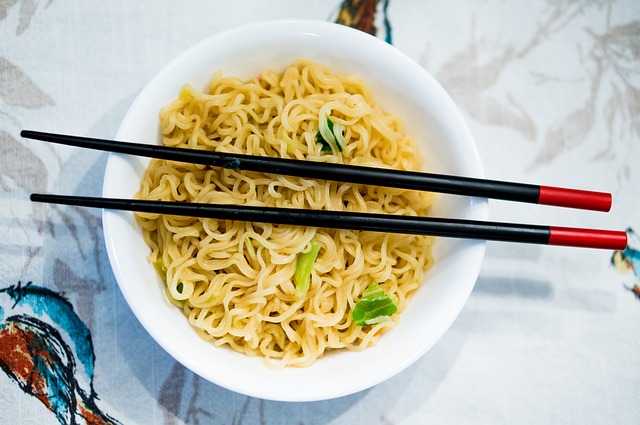
In 2022 the human race consumed over 121 billion servings of ramen. That’s a heck of a number. People like ramen because you can make it even if you only have a kettle handle, it takes about five minutes tops, and it’s dirt cheap. A lot is going for it. But there are some downsides.
Aside from not having a ton of nutritional value and almost all the salt you need in a day in a single serving, some serious health issues can be caused by excess ramen consumption.
Eating ramen two or more times a week has been linked to cardiometabolic syndrome. That, in turn, puts you on track to worse things like diabetes, heart disease, and stroke. Women also seem to be at a greater risk than men so keep that in mind next time you put the kettle on to have a quick noodle lunch.
3.Eating Lychee On An Empty Stomach Could Be Fatal
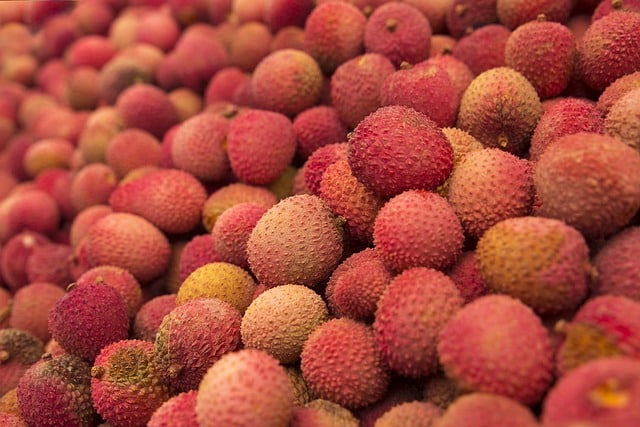
Lychee still hasn’t caught on very well in North America but you can still find them at many markets, especially Asian ones. These unassuming fruits are kind of grape-like once you peel them and fairly mild in flavor. Because they’re small, you could potentially eat a lot of them in a sitting, but you don’t want to do that on an already empty stomach.
For decades, children in a region of India were getting sick and dying and no one could figure out why. The reason, it seems, is lychee. But not just lychee, lychee on an empty stomach. That’s why it was hard to pin down, because some people could eat them and be fine.
Lychee produces compounds that lower blood sugar. If you eat too many on an empty stomach with already low blood sugar, then your blood glucose can drop dangerously low to the point of being fatal. Those afflicted suffered brain swelling and seizures before dying.
2.Eating Raw Flour Is the Real Danger in Raw Cookie Dough
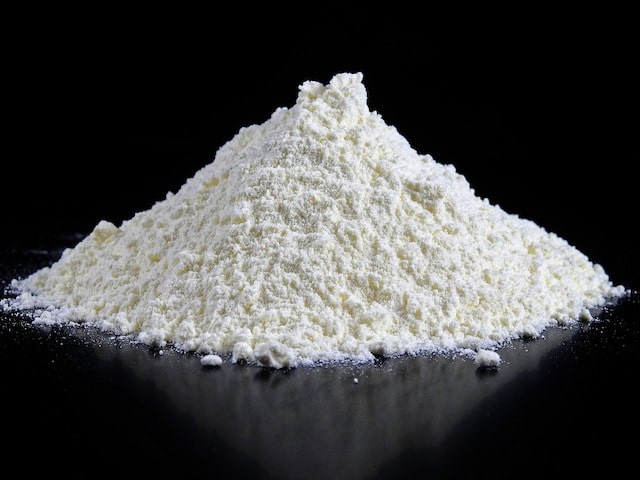
Have you ever heard that it’s bad to eat raw cookie dough? And have you also ever heard that it’s not bad because most raw eggs aren’t going to be infected with salmonella so the cookie dough is safe if it’s eggless? Those are two pretty common things you’ll find online. But eggs were barely ever the problem.
Raw eggs may have bacteria that make cookie dough dangerous but it’s actually the raw flour you need to be worried about. This flies in the face of most of baking history as we tend to dust our cutting boards with flour, lick the batter off of spoons, and even make homemade Play-Doh for kids with the stuff.
Wheat can be contaminated with E. coli and salmonella while it’s still in the field. It gets dried out and ground into flour and then bagged, bought, and placed in your kitchen where not a single thing has been done to kill the bacteria that are all over it.
The CDC has tracked outbreaks linked to flour in 2023, 2021, 2019, and 2016. Flour and baking mixes are recalled when they’re found to be contaminated but it has such a long shelf life people can have them for years without knowing.
1.You Can Overdose On Carrot Juice
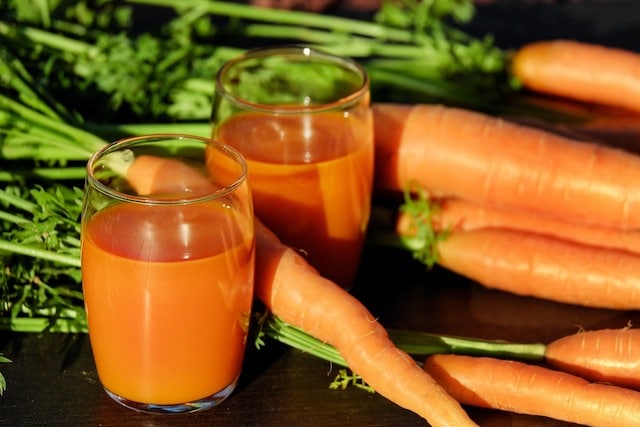
When we think of overdosing, drugs are usually the first thing that comes to mind. It’s no secret that overdoses—whether accidental or intentional—claim far too many lives each year. But what if I told you that some of the most unexpected things can also lead to an overdose? And no, I’m not talking about obscure chemicals or rare substances. I’m talking about something as innocent as carrot juice. Yes, carrot juice.
Now, before you start side-eyeing your morning smoothie, let’s break it down. It’s not the carrot juice itself that’s the problem—it’s what’s inside it. Specifically, beta-carotene, the pigment that gives carrots their vibrant orange color (and other fruits and veggies too). When you consume beta-carotene, your body converts it into vitamin A, which is essential for things like vision and immune function. But here’s the catch: you don’t need a ton of it. And if you go overboard, things can get weird—and sometimes dangerous.
Take the case of a 48-year-old man in England back in 1974. He was what you might call a “health fanatic,” drinking a gallon of carrot juice every single day. On top of that, he decided to take a whopping 70 million units of vitamin A over just 10 days. The result? His liver couldn’t handle the overload, leading to cirrhosis, and his skin turned a bright, unnatural yellow. Tragically, he didn’t survive.
Even for those who survive a carrot juice overdose, the side effects are hard to miss. One of the most noticeable? A yellowish tint to the skin, caused by the excess beta-carotene. The good news is, it’s not permanent. If you cut back on the carrot juice, your skin will eventually return to its normal color. But still, it’s a stark reminder that even the healthiest things can have a dark side if taken to extremes.





